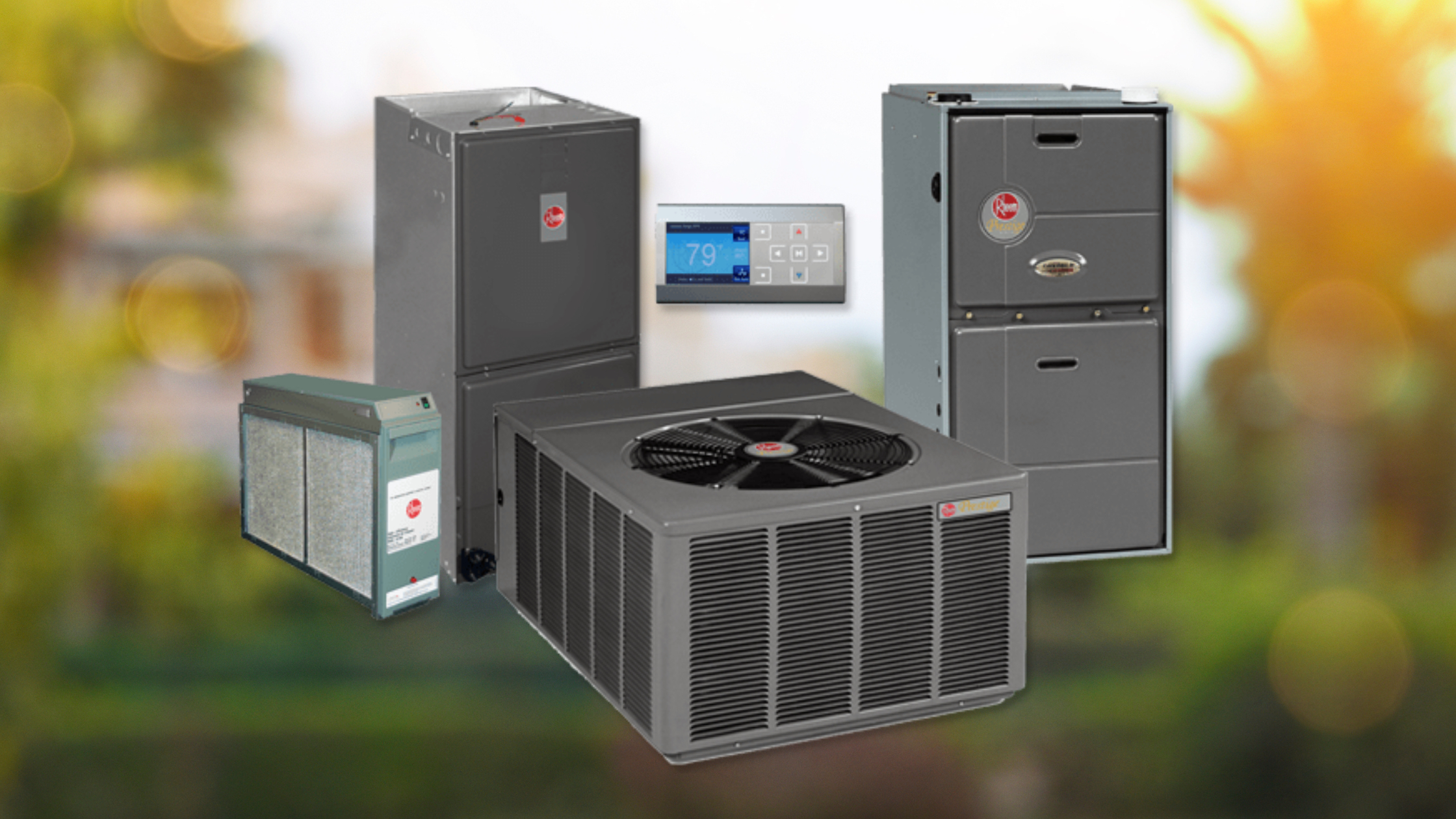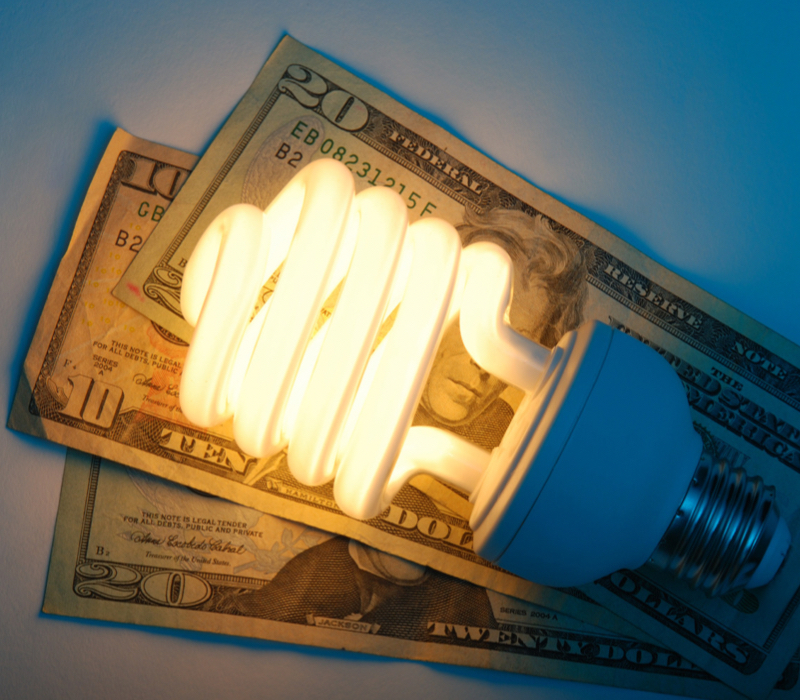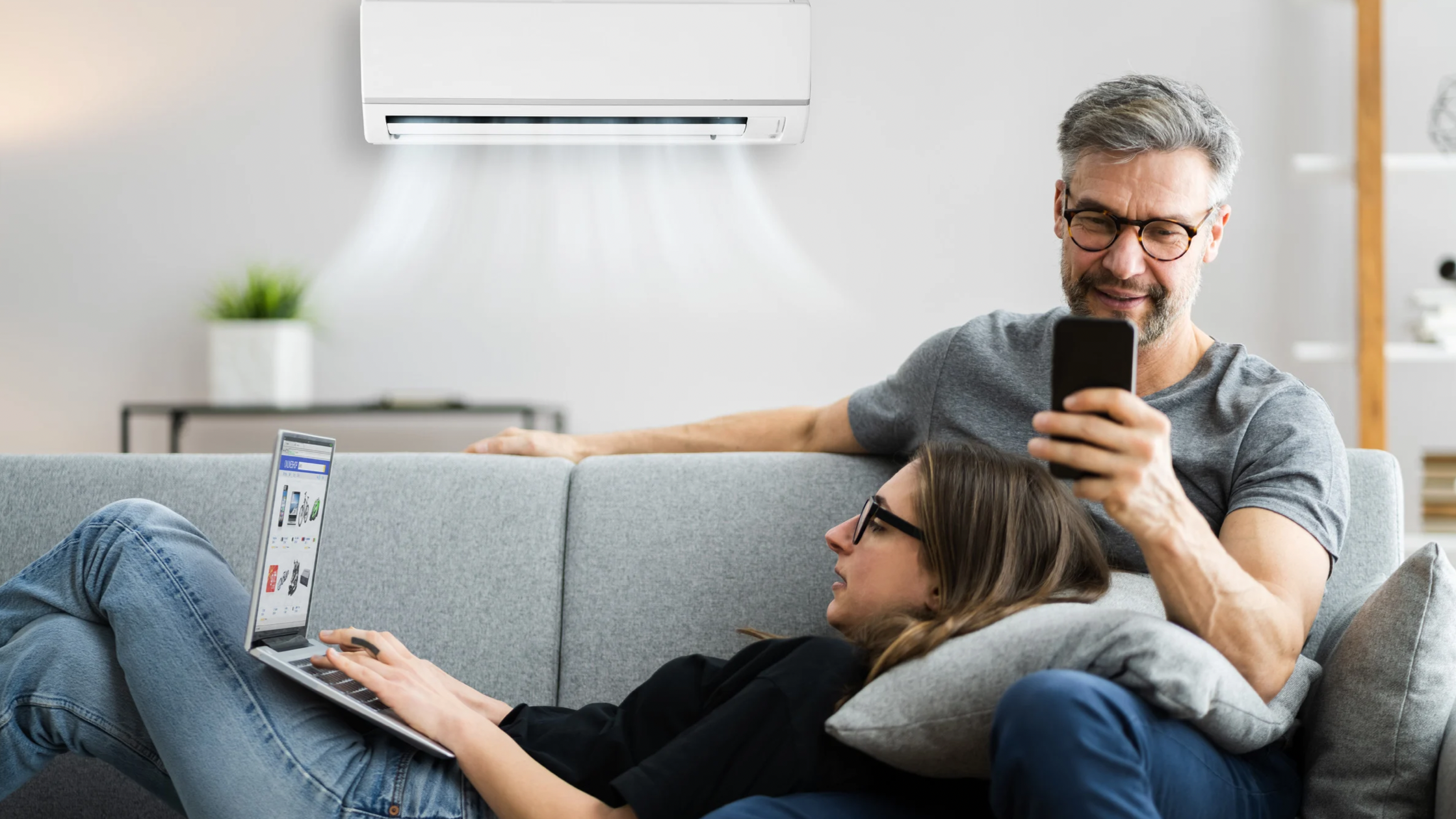If your gas water heater is not working, one of the common problems is when a pilot light goes out
But, what to do if your water heater burner is not working and there is no hot water throughout the house. Not even for a short shower or shaving.
Is the repair a DIY home project, or it requires you to
call a plumber?
Note: A properly working gas burner should have a stable and blue flame with a well-defined blue inner flame and some yellow tipping.
Here we explain how to troubleshoot a problem related to your water heater gas burner, such as the pilot is lighting correctly but the main burner won’t turn on, no flame, the flame is not stable or changes its color.
Basics first
Before we continue with the troubleshooting and repair tips, make sure to check the basics first:
- Gas is on, and the pressure is sufficient.
- The control knob is in the ON position.
- There is a higher setting on the thermostat. You should hear a click sound when increasing from low to high temperatures.
- A water heater is full of water.
- Correctly installed venting systems.
- A gas valve freely opens.
Pilot light vs. hot surface ignitors
Normally, a water heater burner, pilot light, and thermocouple (or thermopile) are all rolled up into a burner assembly, located at the bottom of the tank, and attached to it with an access plate and a few screws. They are also all connected to the gas control valve.
In mostly older and economy-type gas water heaters, the pilot light is used to light the gas burner. For the proper operation, the pilot should be ON all the time. If it is OFF, the thermocouple stops sensing heat from the flame, so the gas control valve closes, disrupting the gas supply and shutting down the burner.
There are also gas water heaters equipped with the hot surface ignitor (HIS) that activates only when there is a call for water heating or when electricity passes through. When energized, it heats to very high temperatures, and when the gas valve opens, the gas burner ignites.
Common causes of HSI failure are:
- Improper element handling
- End of normal life cycle
- Extremely high voltage
- Overuse
- Rupture
Main causes of a water heater burner not working
There are several reasons why a water heater burner is not working, and here are the most common:
Low-temperature settings. If the gas burner does not go on, the thermostat might be set to low, or a water temperature is higher than the set temperature on the thermostat. Increase the temperature, open the hot water faucet, and wait for a few minutes to see if the gas burner ignites.
Sometimes due to corroded contacts, you can try turning down the thermostat to the low settings and then back up to higher, forcing the element to activate.
See more about the thermostat, how to set it up and replace it.
If the gas burner doesn’t ignite, turn off the hot water because something else might be a problem.
Malfunctioning gas control valve. If the problem is with the gas control valve, don’t try to repair it, this is a safety element, and it is not recommended.
Your gas water heater might be equipped with a mechanical or electronic gas valve. The first one is more reliable, while the second is good for diagnostics as it is equipped with small lamps signalizing when something is wrong.
See more about a gas control valve and how to replace it.
Faulty thermocouple. A defective thermocouple is another common culprit of the gas burner, not lighting.
What happens often is when the thermocouple wears out, so the pilot light doesn’t stay lit (goes out), resulting in the gas burner not firing. Replacing a thermocouple is an easy DIY project, but first, try to clean it. Use fine-grit sandpaper and cloth to remove the deposits. Sometimes the thermocouple is not in contact with the flame (it is not immersed in the flame), so the small adjustment might be the solution you were looking for.
Pilot light problems. If the pilot light keeps going out, you might have a situation with the clogged or dirty pilot assembly (orifice and pilot tube). Over time some dirt, debris, and deposits could prevent a pilot light from the normal work.
Also, check the
high limit switch; you might have to reset it.
Low gas pressure. Call your gas utility company if there is low gas pressure.
Pressure switch. Then check the pressure switch and make sure the hose is not kinked.
Venting. Further, check the venting pipe for blockage, and make sure to clean it as explained in the manual.
Air in the gas line. Call a technician to purge the air from the line. This is an occasional problem with the new installations.
Sediment buildup. A water heater thermostat can be immersed in sediments, and as it reaches the set temperature before water, it turns off, leaving you with warm water, and your burner turned off.
Condensation. Condensation is a normal occurrence that happens when water is filled with cold water, and the burner is on. Moisture from the exhaust gases condenses on the cooler tank surfaces forming water droplets. The condensate then starts dripping on the burner producing sizzling noise, while excessive condensation can cause the pilot outage, shutting down the gas valve and a burner.
Tip: Once you replace a burner, thermocouple, pilot light, or gas control valve, use the manufacturer’s manual or this article to relight the pilot light. Instructions are also found on the sticker.
Ensure correct placement of the burner assembly and not damage any electrical wiring, components, or insulation.
Note: Use compressed air to blow out burner gas lines and nozzles.
Make sure the main burner orifice is the correct size for your water heater type.
After replacing any of the gas-related components, make sure to test for leaks.
How to test for leaks
- Open the gas to a water heater.
- Set the temperature on the thermostat to over 120 F.
- Light the pilot according to the instructions.
- Use the dish soap/water solution and apply with the sponge or a brush all the connections.
- If it starts to bubble, you have a gas leak.
- Shut off the gas.
- Tighten all the leaky fittings, or call a gas technician.
Conclusion
If you find your gas water heater not heating water and there is no flame inside the combustion chamber, a gas burner assembly should be carefully removed from the tank, inspected, cleaned, and tested before calling a plumber. For more information, contact us at
precisiontechnj.com or call us at 732-391-6401.



